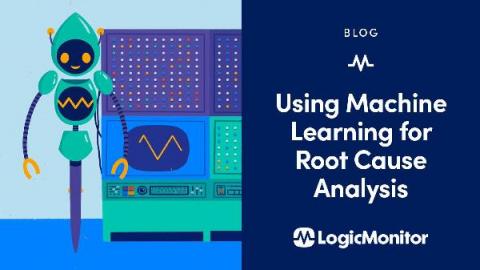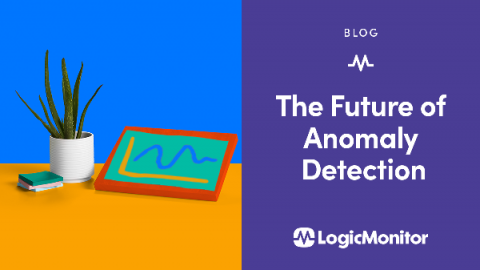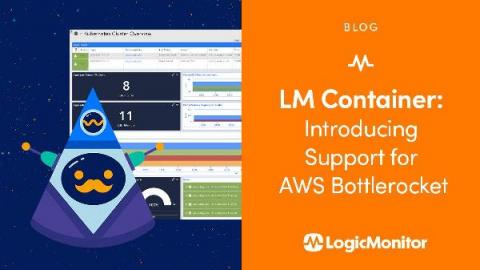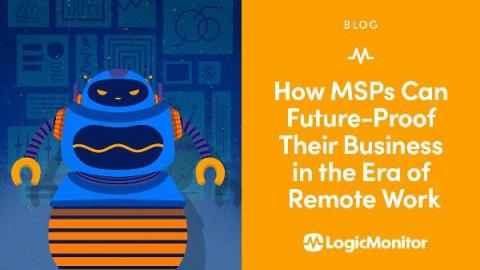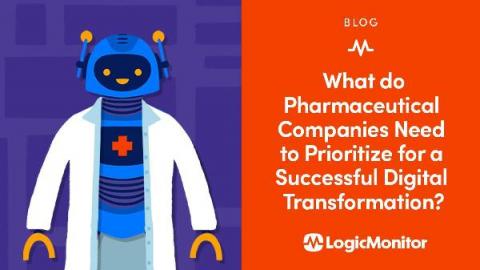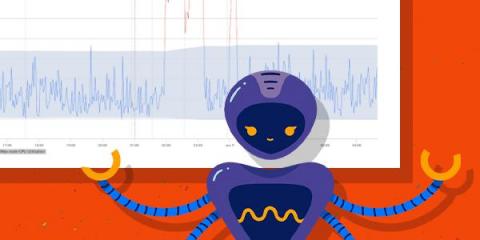Using Machine Learning for Root Cause Analysis
From a security breach to a complete system outage, when an incident occurs and your network or service is impacted, it’s typically the result of a chain of events. A problem with one service has impacted another service, and so on until finally, you’re facing a problem that’s compromising availability and damaging your customer experience. In the event of a serious incident, your team’s immediate response is to focus on identifying the root cause and restoring service.


